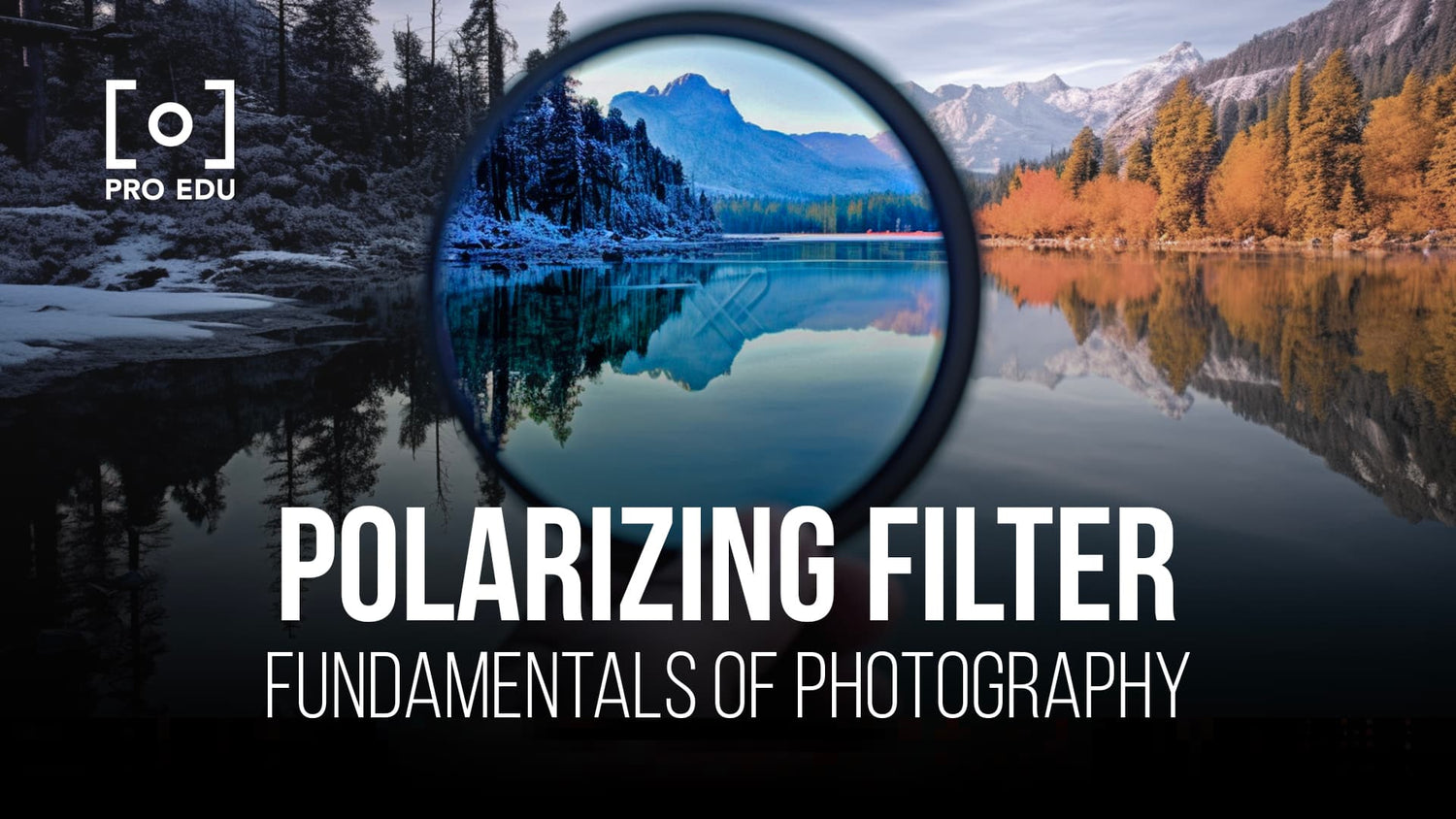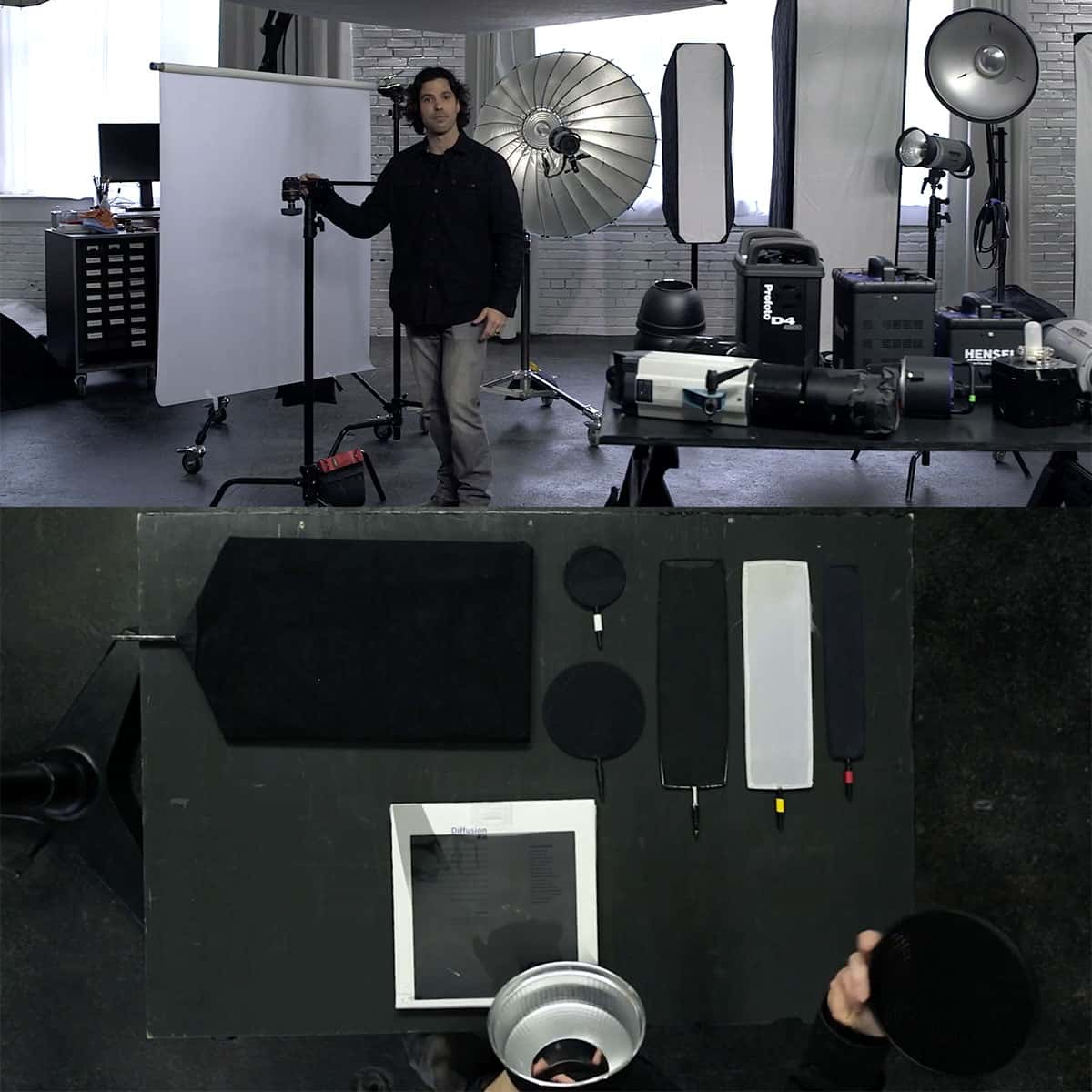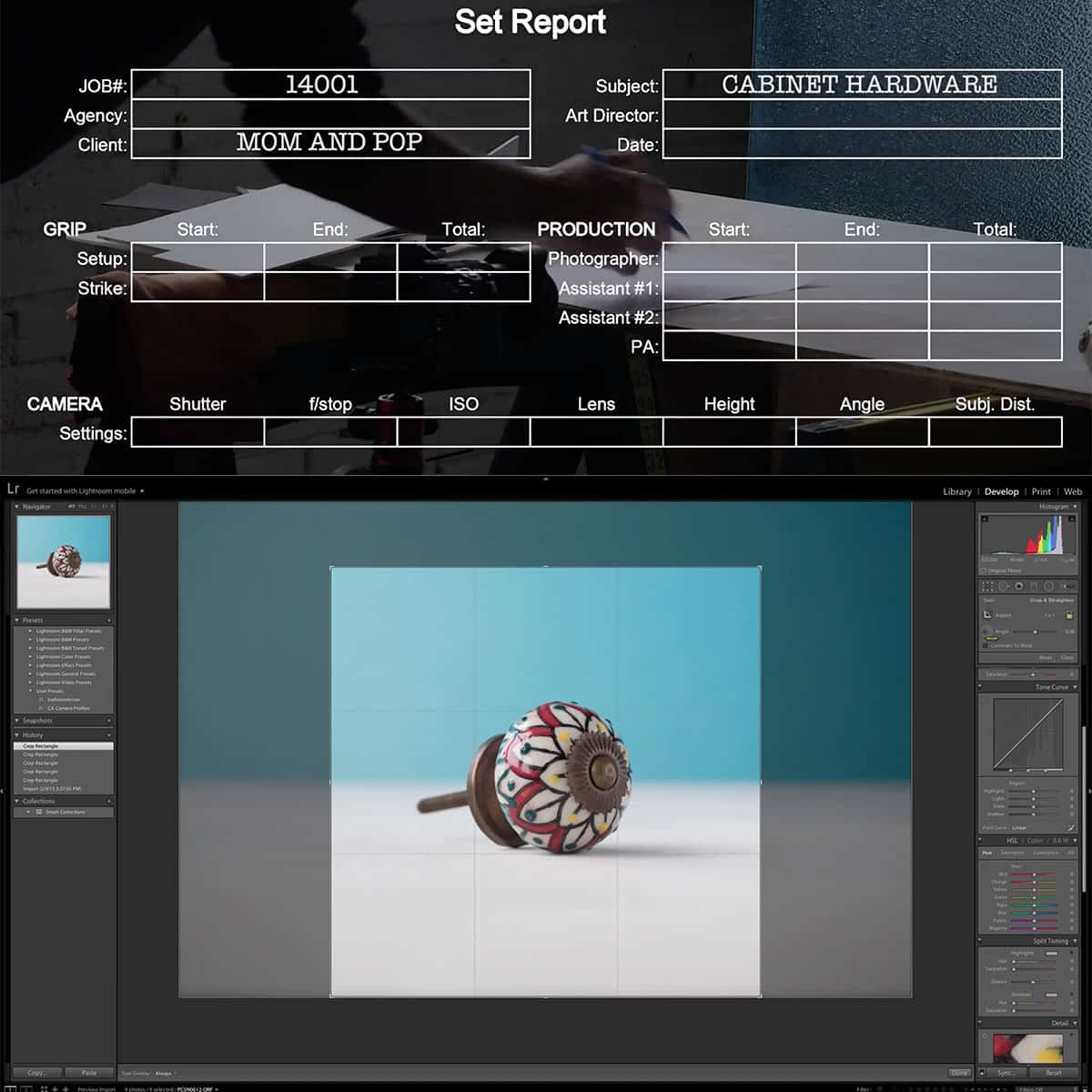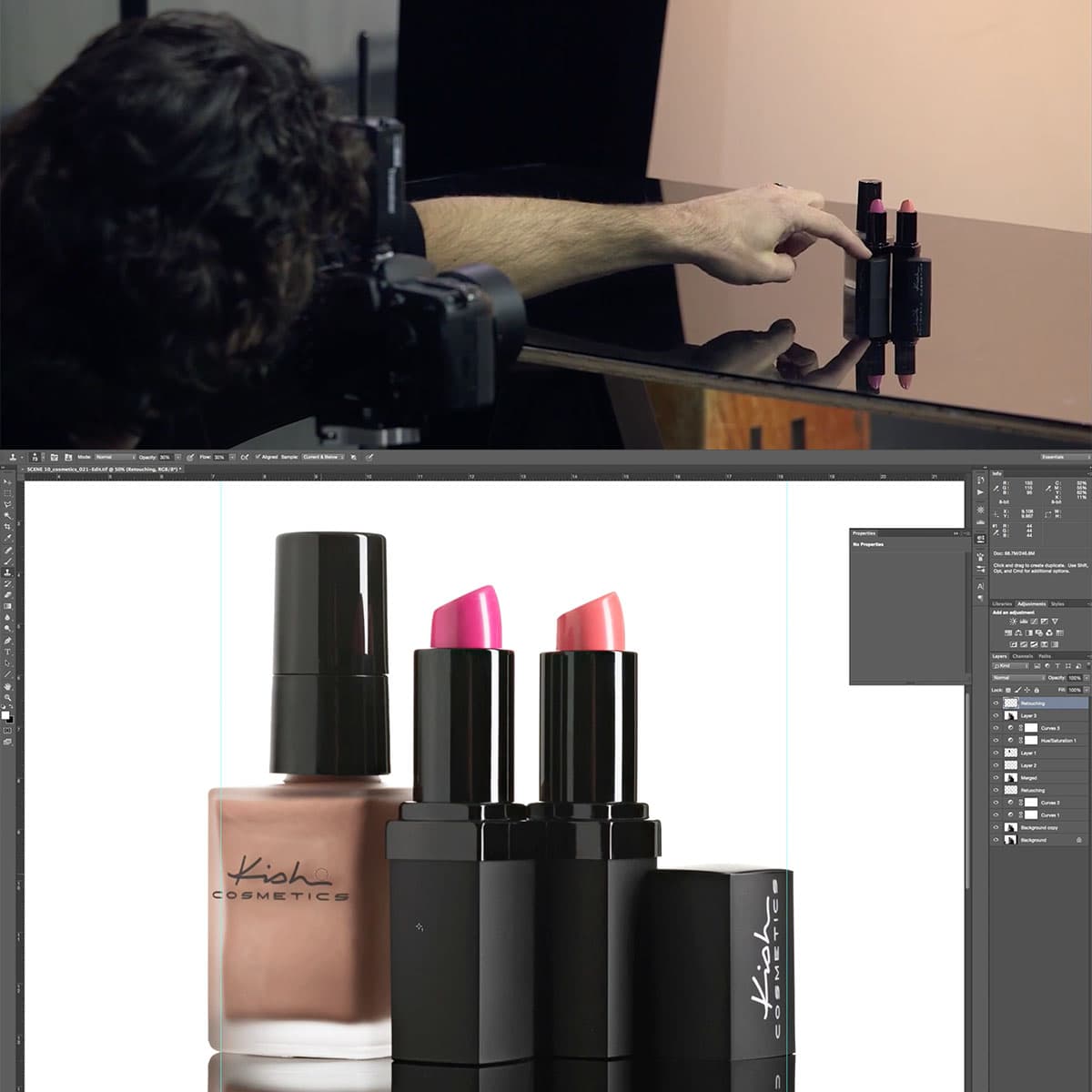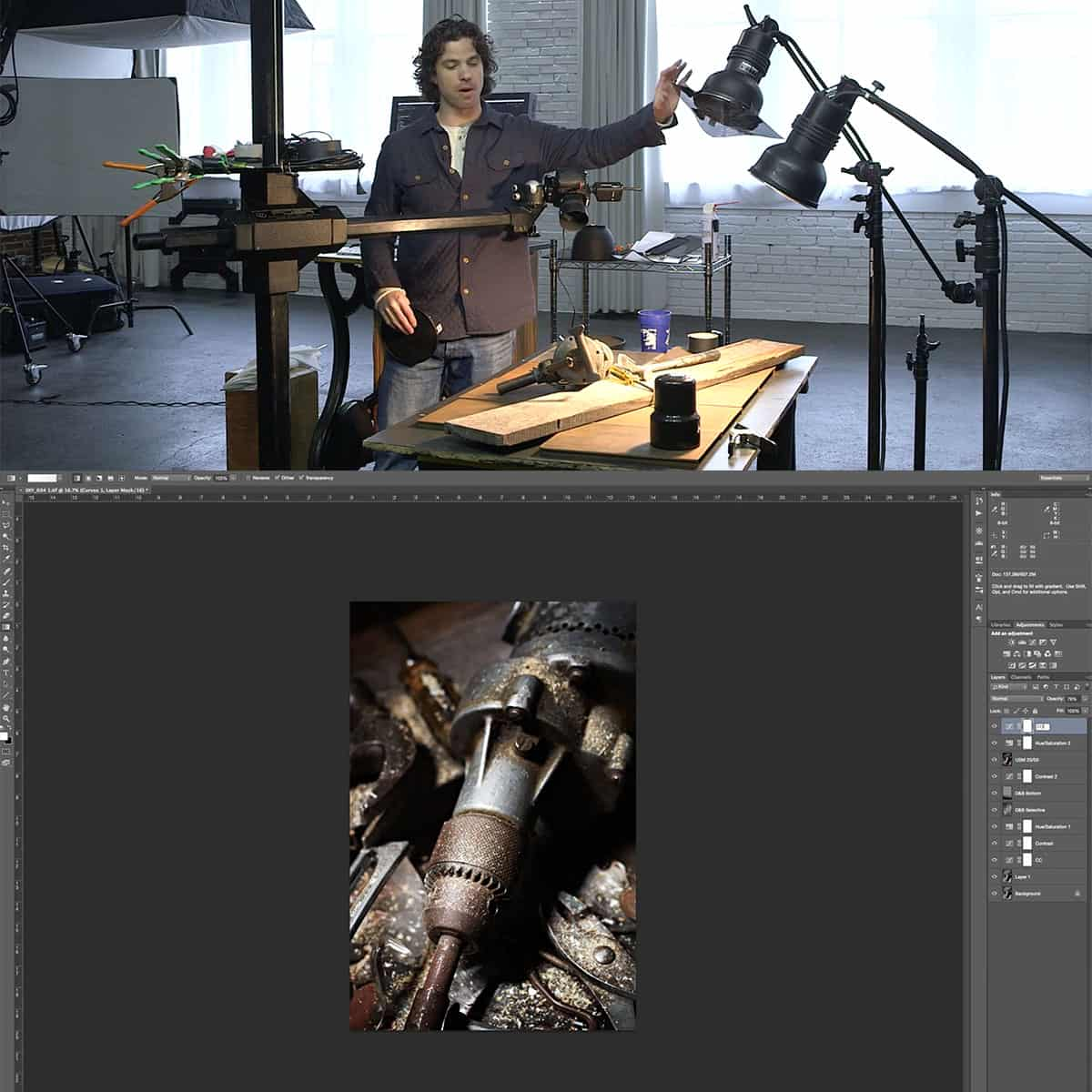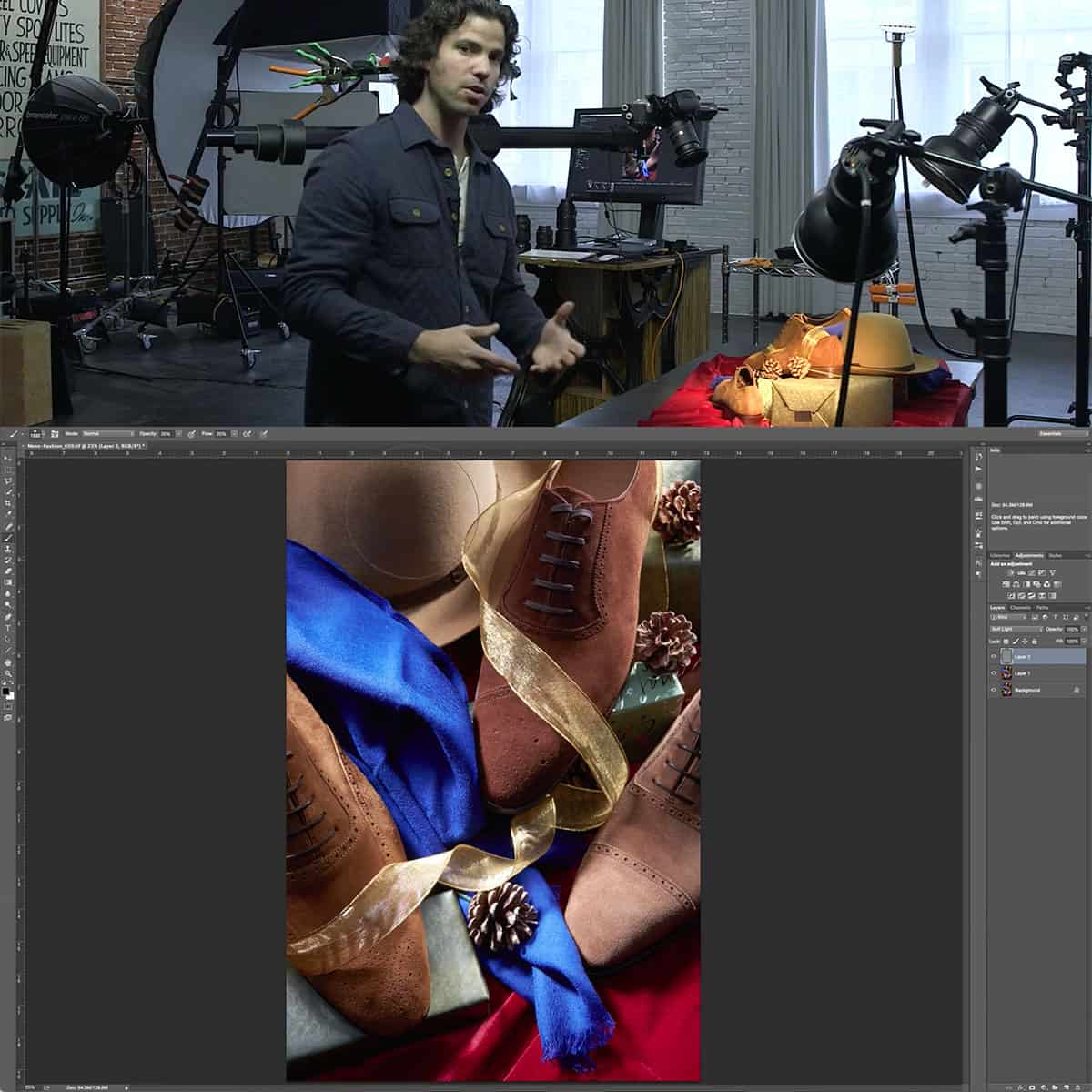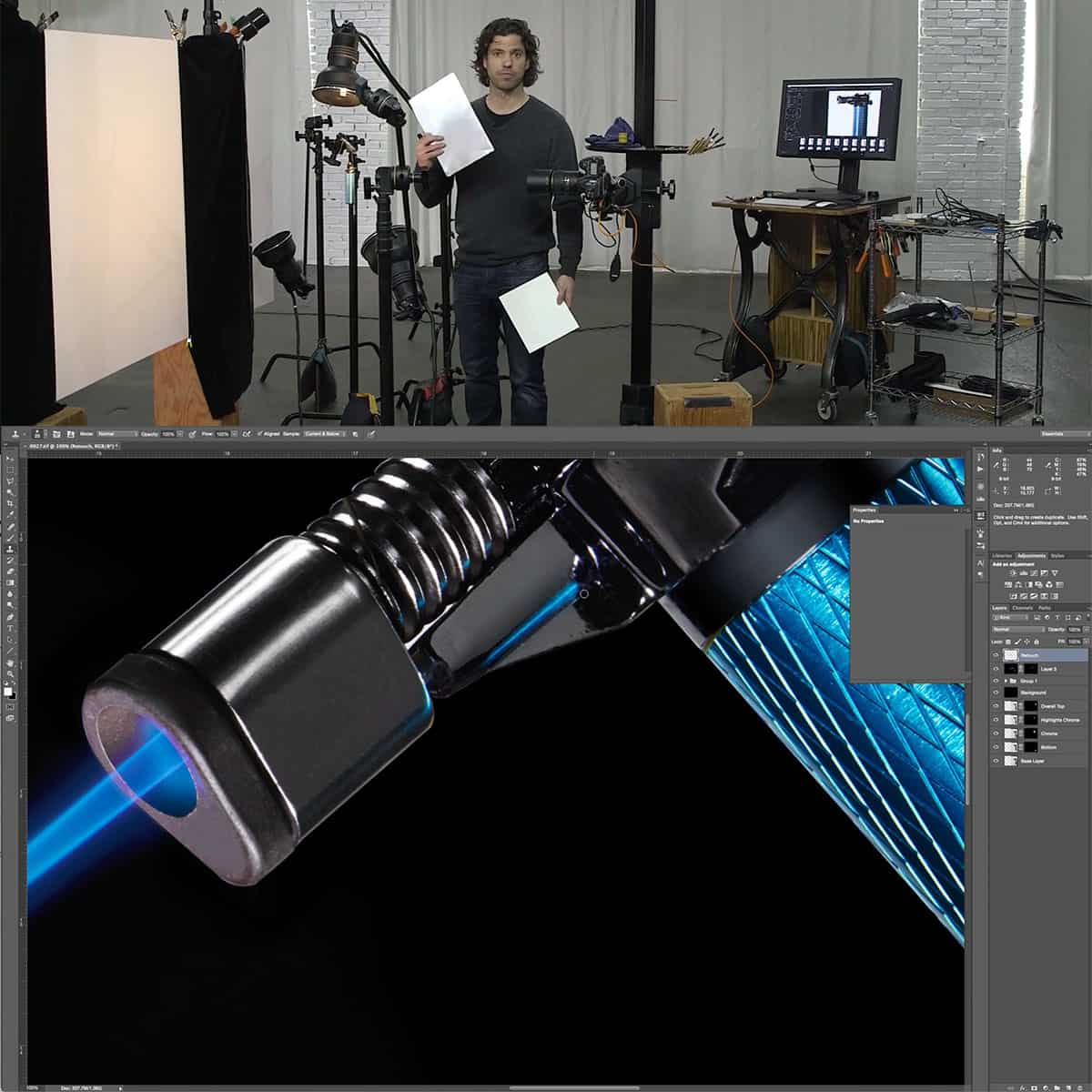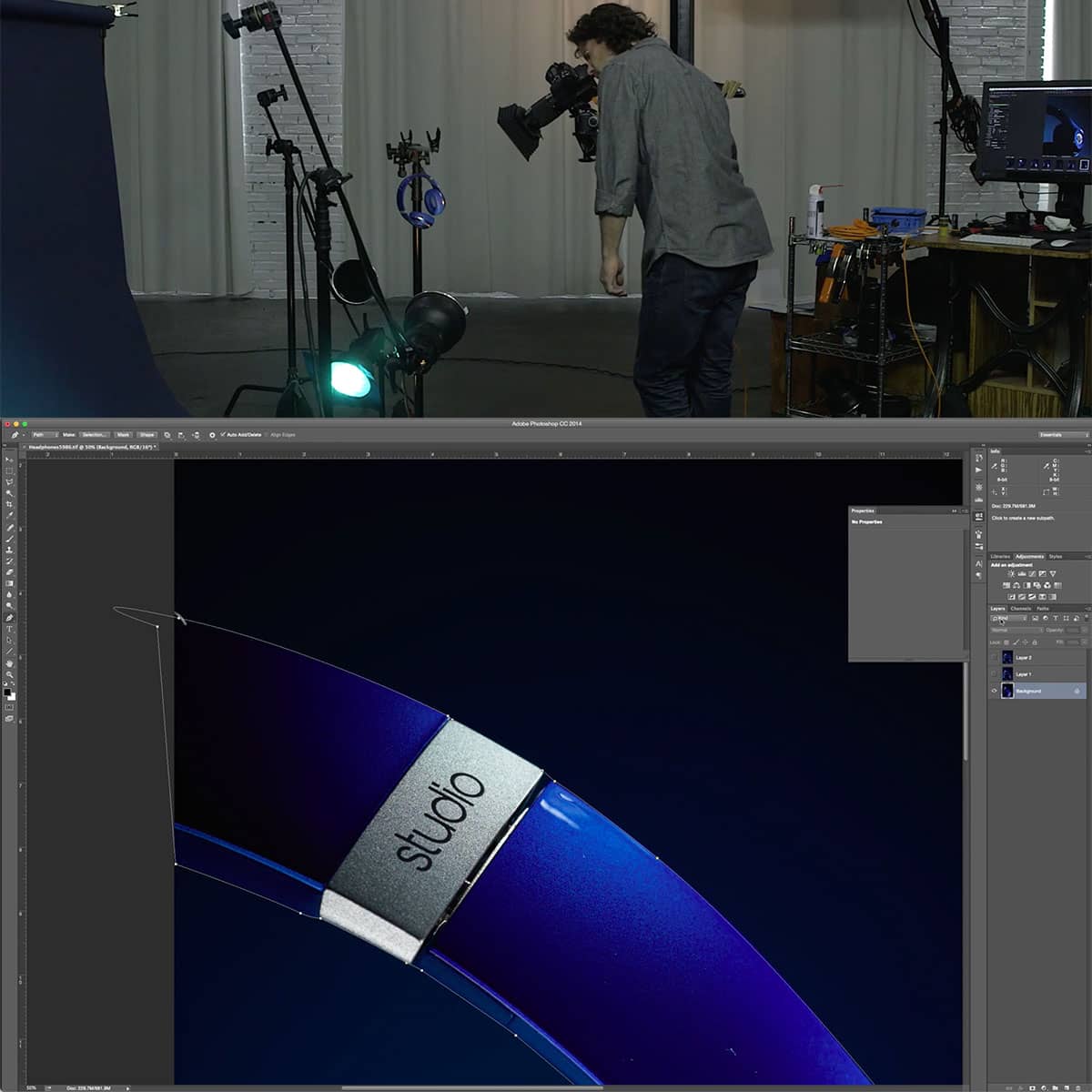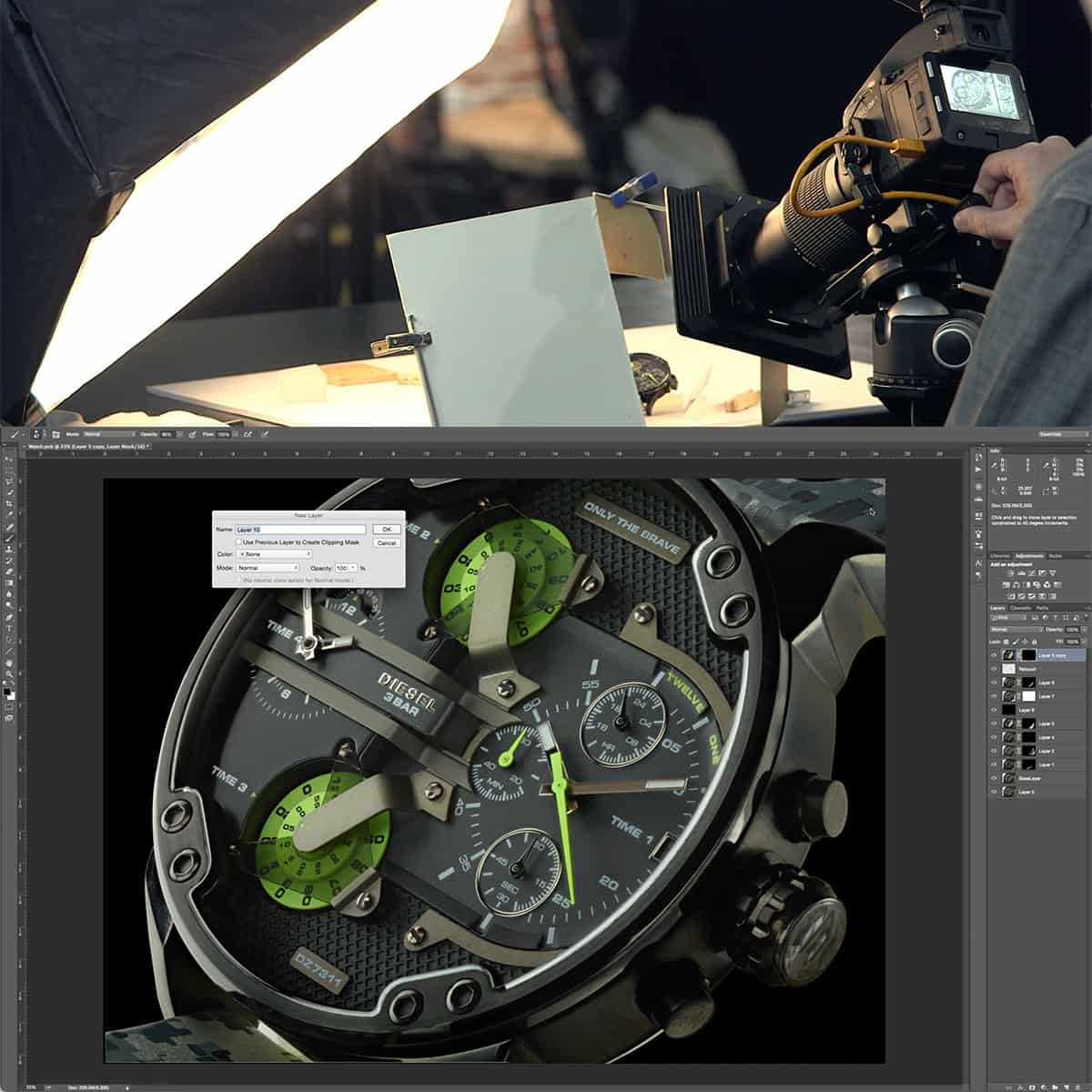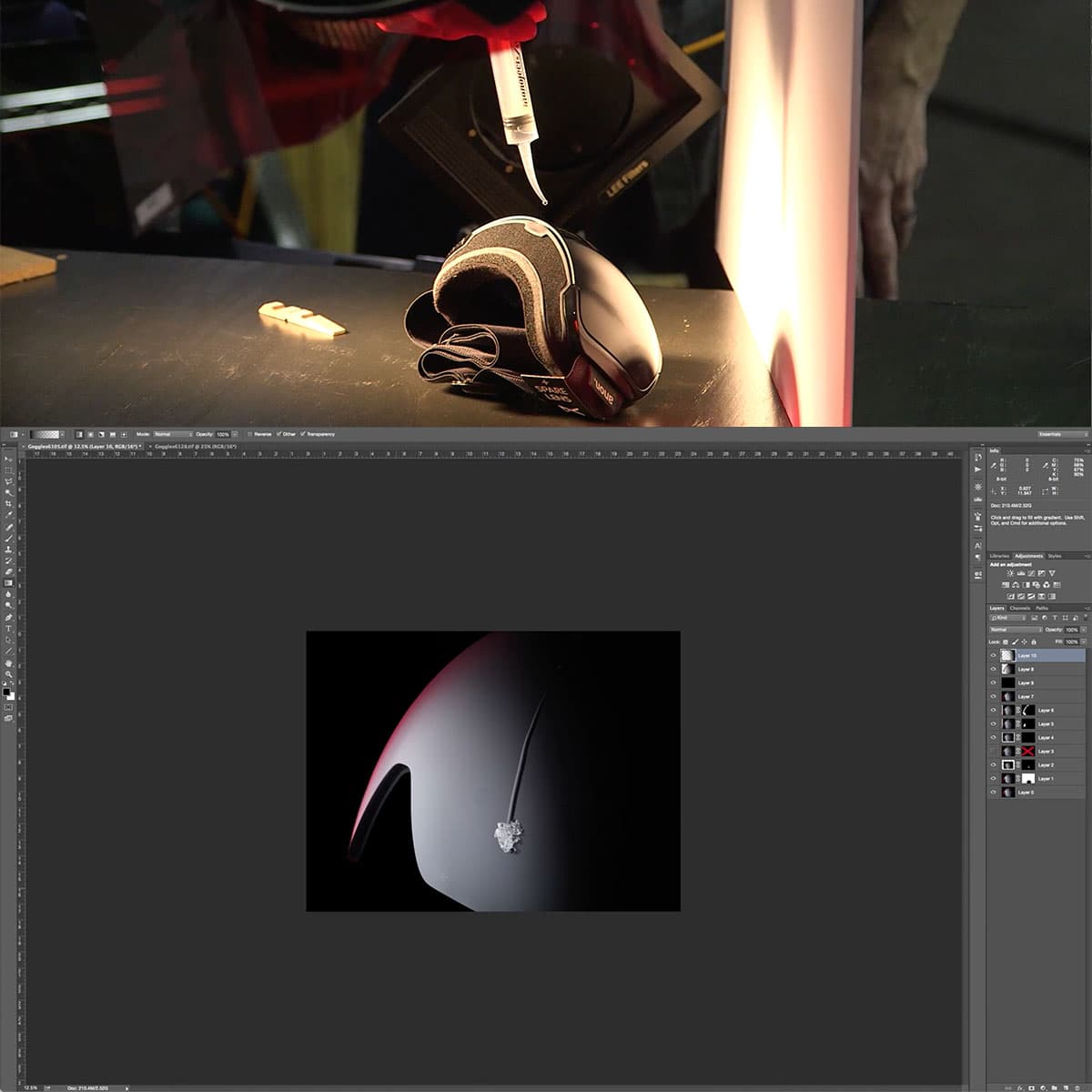Polarizing Filter: Boost Photos with Vibrant Contrast and Color
Polarizing filters play a crucial role in enhancing the visual appeal of photographs by improving contrast and color saturation. These essential tools in a photographer's camera bag can significantly reduce glare and haze while bringing out the vibrant colors and details in various elements of images.
Not only do polarizing filters enhance the overall quality of photos, but they also allow photographers to capture unique perspectives by darkening the sky, highlighting water surfaces, and even capturing deeper hues in grass and foliage. By understanding the fundamentals of polarizing filters and learning when and how to use them, photographers can elevate their work and create visually striking images.
Key Takeaways
- Polarizing filters improve photo contrast and color saturation, making images visually striking.
- Understanding the fundamentals and proper use of polarizing filters enhances photo quality.
- These filters offer artistic possibilities by capturing unique perspectives and colors.
Understanding the Fundamentals of Polarizing Filters
Polarizing filters are a powerful tool for photographers, offering numerous advantages such as enhanced contrast and color saturation. These filters work by selectively transmitting light that oscillates in a specific plane, which in turn reduces undesired reflections and glare.
Filter factor is an important aspect to consider when using polarizing filters. It determines the level of light reduction and affects the overall exposure. Generally, a polarizer has a filter factor of 2 to 4, indicating a one to two-stop increase in exposure.
The choice between a circular polarizer and a linear polarizer depends on the camera's autofocus system. Most modern cameras require a circular polarizer due to their compatibility with autofocus and complex metering systems. Linear polarizers, on the other hand, may adversely affect these features.
High-quality polarized glass and precision milled aluminum slim frames contribute to the performance and durability of a polarizing filter. Superior glass ensures minimal distortion, whereas an aluminum frame provides strength without adding unnecessary bulk.
Front filter threads are an essential feature of polarizing filters as they allow for stacking multiple filters or mounting lens caps. This flexibility enables photographers to combine the effects of a polarizer with other filters such as neutral density or UV filters, broadening the creative options.
In summary, understanding the fundamentals of polarizing filters is vital for achieving improved contrast, color, and clarity in your photos. By considering factors such as filter type, filter factor, and the quality of materials, photographers can make the most of this powerful accessory.
How and When to Use Polarizing Filters
Polarizing filters are an essential tool for photographers who want to enhance their photos with more vibrant colors and contrast. They are particularly useful in landscape photography, as they can drastically improve the appearance of the sky, making it more dramatic and vivid.
Using polarizing filters is fairly easy, even for beginners. By simply attaching the filter to your camera lens and rotating it, you can control the level of saturation and contrast in your images. This allows you to capture subtle details and complementary colors, as well as reduce haze and glare caused by direct sunlight.
Different lighting conditions call for the use of polarizing filters in different ways. In bright sunlight, a polarizing filter helps to enhance the intensity of colors and eliminate reflections off of water, glass, and other surfaces, creating a more vibrant and dynamic composition. In overcast or cloudy conditions, the filter can help cut through the haze to reveal the true colors of your scene.
To achieve the best results with a polarizing filter, it's essential to experiment with various angles and settings. This will help you find the perfect balance between intensity and subtlety to create the desired atmosphere in your photos. For example, when photographing a landscape with a brilliant blue sky, you can adjust the filter to increase the contrast and saturation, giving the image a more powerful and dramatic look.
In conclusion, polarizing filters offer numerous benefits to photographers seeking to enhance their images with richer colors, deeper contrast, and improved clarity. By understanding when and how to use these filters effectively, you can tap into their potential and elevate the overall quality of your work.
Effects of Polarizing Filters on Photography
Polarizing filters can greatly improve the quality of our photos by enhancing contrast and color. Using these filters, we can control how much light enters our cameras, reducing glare and unwanted reflections. They can be especially helpful in situations with a lot of bright highlights and varying lighting conditions.
One notable advantage of polarizing filters is their ability to darken blue skies, making the background of our photos stand out more. Furthermore, they deepen the colors of foliage, giving our images a bold and vibrant appearance.
By eliminating unwanted reflections, polarizing filters can improve the sharpness of our images and make it easier to see details in water or glass surfaces. This is particularly beneficial for landscape and architectural photographers.
It's important to consider the type of polarizing filter that we use. A circular polarizing filter (CPL) requires a filter factor of 1.72, enabling accurate light metering and autofocus systems for modern cameras. Linear polarizing filters tend to produce inconsistent results in digital cameras.
In summary, polarizing filters can significantly enhance our photography by improving contrast, color saturation, and reducing reflections. By carefully selecting the appropriate filter for our camera, we can ensure optimal results in various shooting scenarios.
Tips on Choosing and Using High-Quality Polarizing Filters
When looking for high-quality polarizing filters, Best Buy is an excellent place to start, as they offer a variety of choices in their category directories. It's essential to consider a few factors when selecting a polarizing filter. In this section, we will discuss a few valuable tips on choosing and using high-quality polarizing filters.
One of the main factors to consider is the filter factor — a measure of how much light the filter cuts down. A higher filter factor means the filter blocks more light, which can help balance contrast and color in your photos. However, too high of a filter factor can lead to underexposed images or the need for a longer shutter speed.
An important feature to look for in polarizing filters is anti-reflection (AR) multi-coatings. Filters with multiple layers of AR coatings, like Hoya's NXT Plus 82mm Circular Polarizer, can significantly improve your images by reducing flare and maintaining color accuracy. The more layers of coatings, the better the filter's performance.
Another aspect to look into is the filter's optical thinness. Thinner filters can help prevent vignetting — an unwanted darkening of the corners of your image caused by the filter blocking light from reaching the lens. Since vignetting reduces image quality, selecting a polarizing filter with a thinner design can make a noticeable difference in your photos.
Lastly, don't forget to check out top-ranked lists and reviews from fellow photographers. This can be a valuable resource to find the most suitable filters and tips on using them effectively.
Armed with these tips, we can confidently choose and use high-quality polarizing filters to enhance our photography with vibrant contrast and colors.
The Artistic Side of Using Polarizing Filters
Polarizing filters offer us a chance to elevate our photography by incorporating emotions and inspiration through the manipulation of light and colors. By utilizing their unique properties, we can create a sense of unity and sophistication that connects the artist with the viewers.
These filters actively work with our brain's natural perception of colors, allowing us to emphasize specific hues while maintaining a natural and authentic atmosphere. The enhanced contrast they provide helps evoke different emotions and feelings, enabling us to send powerful messages through our images.
Adjusting the polarization levels allows us to control the amount of reflection and glare in our photographs, enhancing the overall balance and clarity. This creative flexibility offers endless possibilities for exploring and experimenting with various compositions and scenarios.
We suggest you incorporate the following techniques to make the most of polarizing filters:
- Experiment: Test different angles and settings to see how they impact your photos.
- Adapt: Learn from your initial attempts and fine-tune your approach.
Polarizing filters are powerful tools in our artistic arsenal. By understanding their potential and leveraging their capabilities, we can empower our photography and inspire our viewers.
Frequently Asked Questions
What are the benefits of using a polarizing filter in photography?
A polarizing filter can greatly enhance your photos by reducing glare, darkening skies, and improving color saturation. The enhanced image quality leads to more visually appealing photographs with increased contrast and depth.
How does a polarizing filter work to enhance contrast and color?
Polarizing filters work by blocking certain wavelengths of light that cause glare and reflections. By doing so, they allow colors to appear more vibrant and improve overall contrast in your photos. This effect is particularly noticeable in scenes with water or foliage.
When should you avoid using a polarizing filter?
It's important to know when not to use a polarizing filter. For instance, you should avoid using it in low light situations, as it can significantly reduce the amount of light entering the camera. Additionally, it may not be suitable for wide-angle lenses, as uneven polarization effects can occur across the frame.
What is the difference between a circular and a linear polarizing filter?
Both circular and linear polarizing filters serve the same purpose; however, circular polarizers are more compatible with modern camera systems. Linear polarizers can cause issues with autofocus and metering systems, while circular polarizers maintain proper functionality of these features.
How do polarizing filters affect the exposure of a photo?
Polarizing filters can reduce the amount of light entering the camera lens by 1-2 stops, affecting exposure. As a consequence, you may need to adjust your camera settings to compensate for this light loss. This can be accomplished by increasing ISO, decreasing shutter speed, or opening the aperture to allow more light in.
Can you use a polarizing filter in combination with other filters?
Yes, you can use a polarizing filter in combination with other filters such as neutral density or graduated filters. However, it's important to consider the potential effects on image quality and possible vignetting (darkening of the corners) when stacking multiple filters. Additionally, keep in mind the advanced photography techniques when using multiple filters to ensure the best results.


